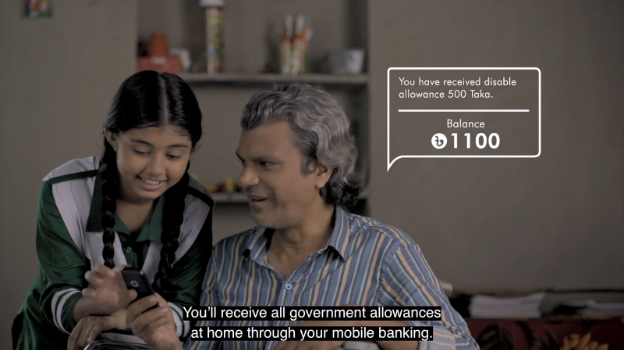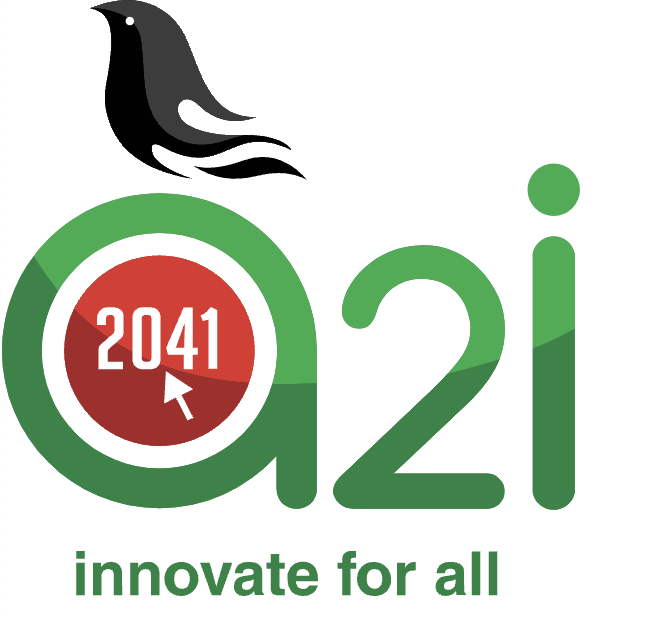Information Campaigns Increase Trust in Mobile Money in Bangladesh

Researchers evaluated the impact of an information campaign and a non-monetary encouragement for mobile money agents on awareness, trust, and usage of mobile money among social assistance payment recipients. Results showed significant increases in awareness and trust in mobile money when the campaign and non-monetary encouragement were combined.
Amongst low- and middle-income countries that offered transfers during COVID-19, 58 disbursed funds digitally.1 However, IPA evidence from the Philippines, Colombia, and Bangladesh found that many recipients experienced challenges accessing their money.2 Bangladesh’s Ministry of Social Services and Aspire to Innovate (a2i) recently digitized the disbursement of social net program transfers for nearly nine million recipients. Although helping to contribute to increased financial inclusion, switching to digital transfers has led to incomplete reception of benefits from mobile wallets, inaccurate information about mobile money, and agent overcharging.
From 2021 to 2022, researchers partnered with IPA and a2i to evaluate the impact of two approaches to increase awareness, trust, and use of mobile money accounts among digital social assistance recipients. In the first approach, researchers distributed to recipients and mobile money agents informational posters and pamphlets using visuals describing the features of mobile money accounts and how to use them. Researchers also produced informational videos in local dialects explaining features of mobile money accounts, which were sent to recipients via text message. In the second approach, researchers targeted mobile money agents with a non-monetary award scheme, which would recognize their role in the community and customer service quality, to determine whether this recognition would lead to better service.
Altogether, 3,000 social assistance recipients across Bangladesh were randomly assigned equally to receive (1) poster, pamphlet, and video information campaign about mobile money; (2) interaction with incentivized mobile money agents; (3) a combined approach; or (4) no intervention.
Results showed that the information campaign and non-monetary encouragement for mobile money agents had significant positive impacts on social assistance recipients’ awareness of and trust in mobile money services. For instance, awareness increased by 16 to 19 percent among recipients who received the information campaign on its own or in the combined approach. The combined approach increased trust in mobile money by 75 percent, with the biggest impacts among men and rural populations. Researchers also found impacts on mobile money use, with recipients in the information campaign increasing their ability to perform mobile money transactions by 40 percent. Six months later, recipients reporting any savings in this group was 86 percent higher than in the comparison group.
Sources
1. Gentilini, Ugo; Almenfi, Mohamed; Orton, Ian; Dale, Pamela. 2020. Social Protection and Jobs Responses to COVID-19: A Real-Time Review of Country Measures. https://openknowledge.worldbank.org/entities/publication/3bc00930-8388-5d60-86a9-a579de8a5b28
2. IPA. 2022. Beneficiary Experience of Digital Government-to-Person (G2P) Payments. https://poverty-action.org/sites/default/files/publications/G2P-and-Financial-Inclusion-Updated.pdf.
Implementing Partner












